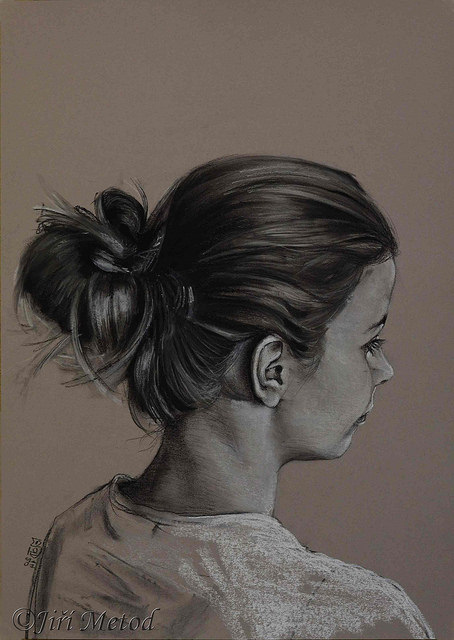In chapter 4, Foster only specifies that there is one rule. He argues that there is no such things as a wholly original work of literature.
One example he uses is Tim O’Brien’s Going after Cacciato, and states that he takes ideas from Lewis Carroll and Ernest Hemingway. Foster also argues that the authors who “borrow” other author’s ideas are doing “consciously and purposefully” (25). Once the reader knows that authors tend to utilize other authors ideas, they can start to further evaluate some books. Sticking with O’Brien’s book, Foster continues to evaluate the characters and their true backgrounds. The love interest of the main character strongly resembles Sacajawea.
Personally, when I first read this connection, I got very confused. I thought that the point of the chapter was to show that some authors take some ideas from other stories? This confusion was addressed a page later when Foster explains that history is a story. Although Sacajawea was real, “you’ve only heard of her through narrative of one sort or another. She is a literary as well as a historical character, as much a piece of American myth as Huck Finn or Jay Gatsby, and very nearly as unreal” (27). What I initially thought was the one rule of this chapter turned out to be unfinished. Foster simplifies the rule on page 27 and tells the secret of the idea that There is only one story. In this case, everybody is taking everybody’s ideas. To prove this, he gives examples of The thousand and One Nights, Beloved, “Jack and the Beanstalk”, The Epic of Gilgamesh, The Story of O. Simpsons.
A major example I can think for this rule, or secret, is that shows like Family Guy, American Dad, The Simpsons, and even Bob’s Burgers are essentially all the same. A middle class family living together with the same mentality. The dad’s a weirdo, the kids have all distinct and different personalities, the mom is who really takes care of the kids and of course the family pet. The plot is the same but the characters are given different names and different jobs in different locations. Even with changing what seems to be the most essential parts of a character’s development, the story line is virtually the same.
Photo Credit: jiri.metod via flickr /CC BY-NC 2.0












1 Comment
Halee summarized and explained the rule of the chapter very well. Another example of this rule can be found with the two movies: One For the Money and The Bounty Hunter. Both of which have the same plot but the roles are switched between the genders. In both of these movies an ex love love interest is “hunted” down by a bounty hunter to bring them in because they have skipped bail. In the movie One For the Money it is the woman bringing in the man and in The Bounty Hunter it is the man bringing in his ex-wife.